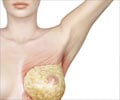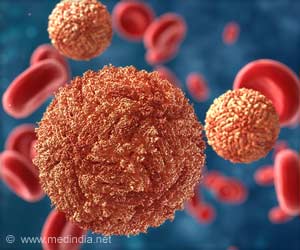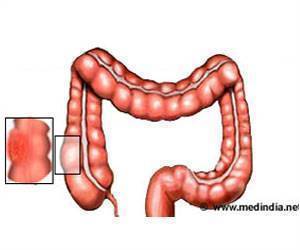The robot applies precise forces like human examiners, detecting deeper breast cancer lumps with enhanced sensor tech.

A robotIc Radial palpatIon mechaniSm for breast examination (IRIS)
Go to source). The device, designed by a team at the University of Bristol is able to apply very specific forces over a range similar to forces used by human examiners and can detect lumps using sensor technology at larger depths than before. "There are conflicting ideas about how useful carrying out Clinical Breast Examinations (CBE) are for the health outcomes of the population," said lead author George Jenkinson from the University of Bristol, UK."It’s generally agreed upon that if it is well performed, then it can be a very useful and low risk diagnostic technique," he added.
‘In the battle against breast cancer, scientists have achieved a significant breakthrough by creating a groundbreaking robot named 'Manipulator.' #breastcancer #robotics #womenhealth’





Precision, repeatability, and accuracy are of paramount importance in these tactile medical examinations to ensure favorable patient outcomes. A range of automatic and semi-automatic devices have been proposed to aid with optimizing this task, particularly for difficult to detect and hard to reach situations such as during minimally invasive surgery. Revolutionary Breast Examination Device
The team created their manipulator using 3D printing and other computerized numerical control techniques and employed a combination of laboratory experiments and simulated experiments on a fake (silicone) breast and its digital twin, both modeled on a volunteer at the simulation and modelling in medicine and surgery research group at Imperial College London.The simulations allowed the team to perform thousands of palpitations and test lots of hypothetical scenarios such as calculating the difference in efficiency when using two, three, or four sensors at the same time.In the lab, they were able to carry out the experiments on the silicone breast to demonstrate the simulations were accurate and to experimentally discover the forces for the real equipment. The ultimate goal is that the device and sensors will have the capability to detect lumps more accurately and deeper than it is possible only from applying human touch. It could also be combined with other existing techniques, such as ultrasound examination.
"We have shown that our robotic system has the dexterity necessary to carry out a clinical breast examination – we hope that in the future this could be a real help in diagnosing cancers early," Jenkinson said.
Reference:
- A robotIc Radial palpatIon mechaniSm for breast examination (IRIS) - (https://research-information.bris.ac.uk/ws/portalfiles/portal/368995745/IRIS_Paper_Accepted_Manuscript.pdf)
Source-IANS















